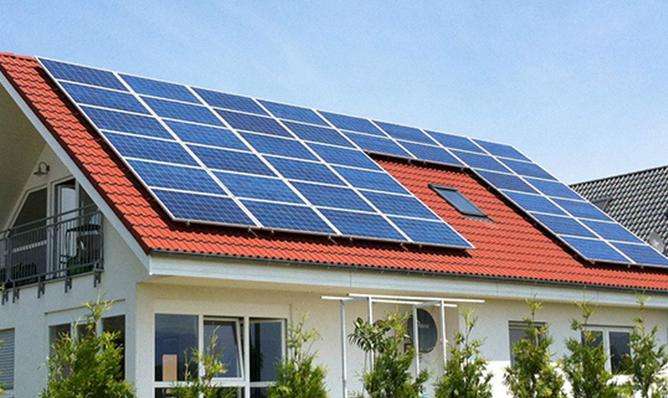It's better to have bubbles.
Floor heating foam panels have good impact resistance. The foam board is 98% filled with air, has sufficient capacity to withstand external impacts by changing and recovering its shape, and has low water absorption. Moisture affects the thermal and mechanical properties of the material, and the low water absorption of foam board helps maintain these properties.
The floor heating foam board is a white object made of expandable polystyrene beads containing a volatile liquid foaming agent, pre-expanded by heating then heated and formed in a mold. It has the structural characteristics of fine closed cells. .
What type of insulation board is typically used for underfloor heating in high-rise buildings? How thick and dense is it?
The thickness of insulating panels for heatinge through the ground is generally 20 mm to 50 mm. The specific thickness should be determined according to the actual situation. Generally speaking, the thicker the underfloor heating insulation boards, the better the insulation performance, but the thicker the thickness, the higher the cost. So the thickness will be higher, so when choosing floor heating insulation boards, the thickness should be determined according to the actual situation to achieve the best insulation effect.
1. Extruded board, also called XPS board, is the third generation of rigid foam insulation material. It offers superior performance that cannot be replaced by EPS cards. Its density is 35Kg/m3 and its thickness is 4.0 cm.
2. Foam board for underfloor heating is also called polystyrene foam board and EPS board. It is mainly used for the insulation of walls androofs of buildings, composite panel insulation, cold storage, air conditioning, insulation of vehicles, ships, etc. .Very versatile.
3. Nowadays, almost all underfloor heating insulation boards use XPS (extruded polystyrene plastic board). The advantages are low thermal conductivity and high compressive strength. also good and bad XPS cards. The most obvious is the use of raw materials. The more recycled materials used, the worse the quality of the XPS and the lower the cost.
4. To be used as an insulating material, thermal conductivity is a very important criterion. The foam board has an independent bubble structure, low thermal conductivity, generally less than 0.039 W/(m·k), low density and light weight. In addition, the surface of the foam board has low water absorption, good anti-penetration ability.ration and can be recycled. Its degree of recycling is the highest among plastics.
5. What is commonly used now is an extruded polystyrene panel, with a density of 35 kg/m3 and a thickness of 2.0 cm. Its scientific name is extruded polystyrene insulation board, manufactured by extrusion molding. foam board.














